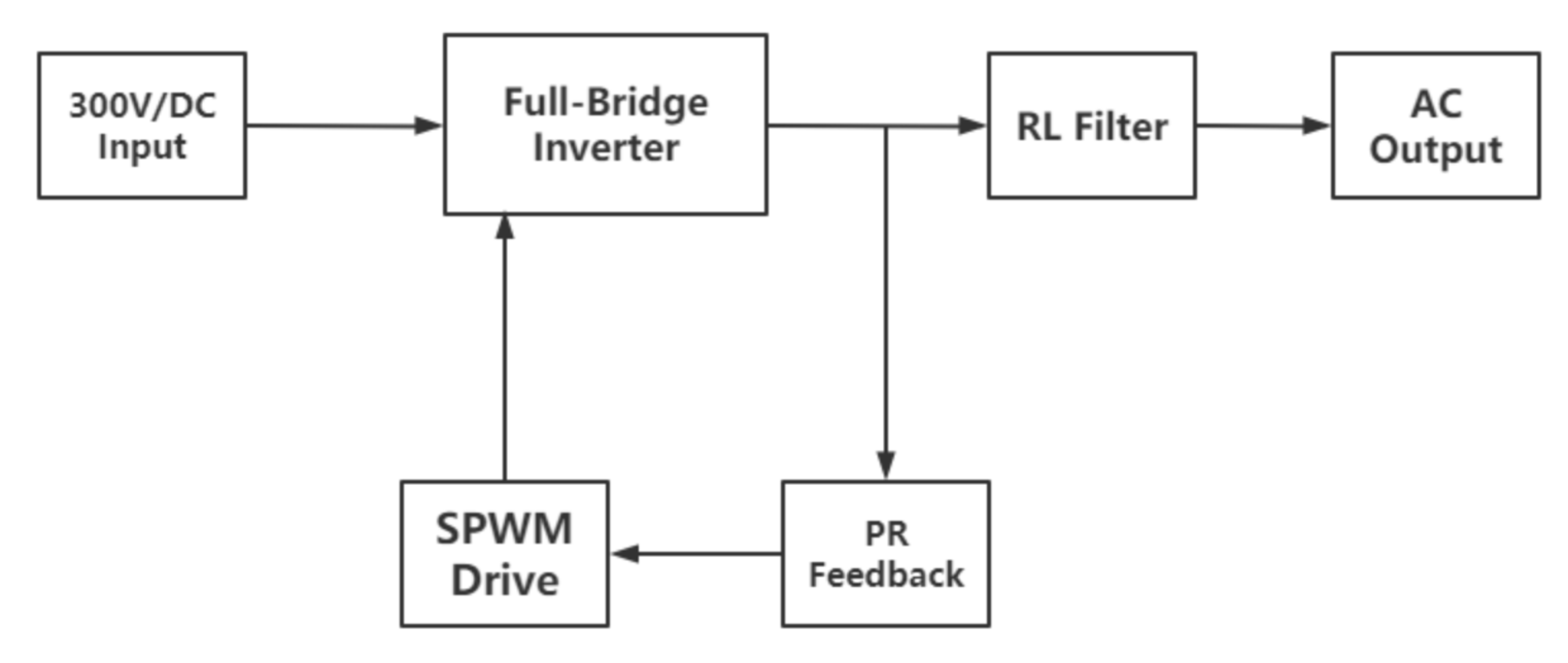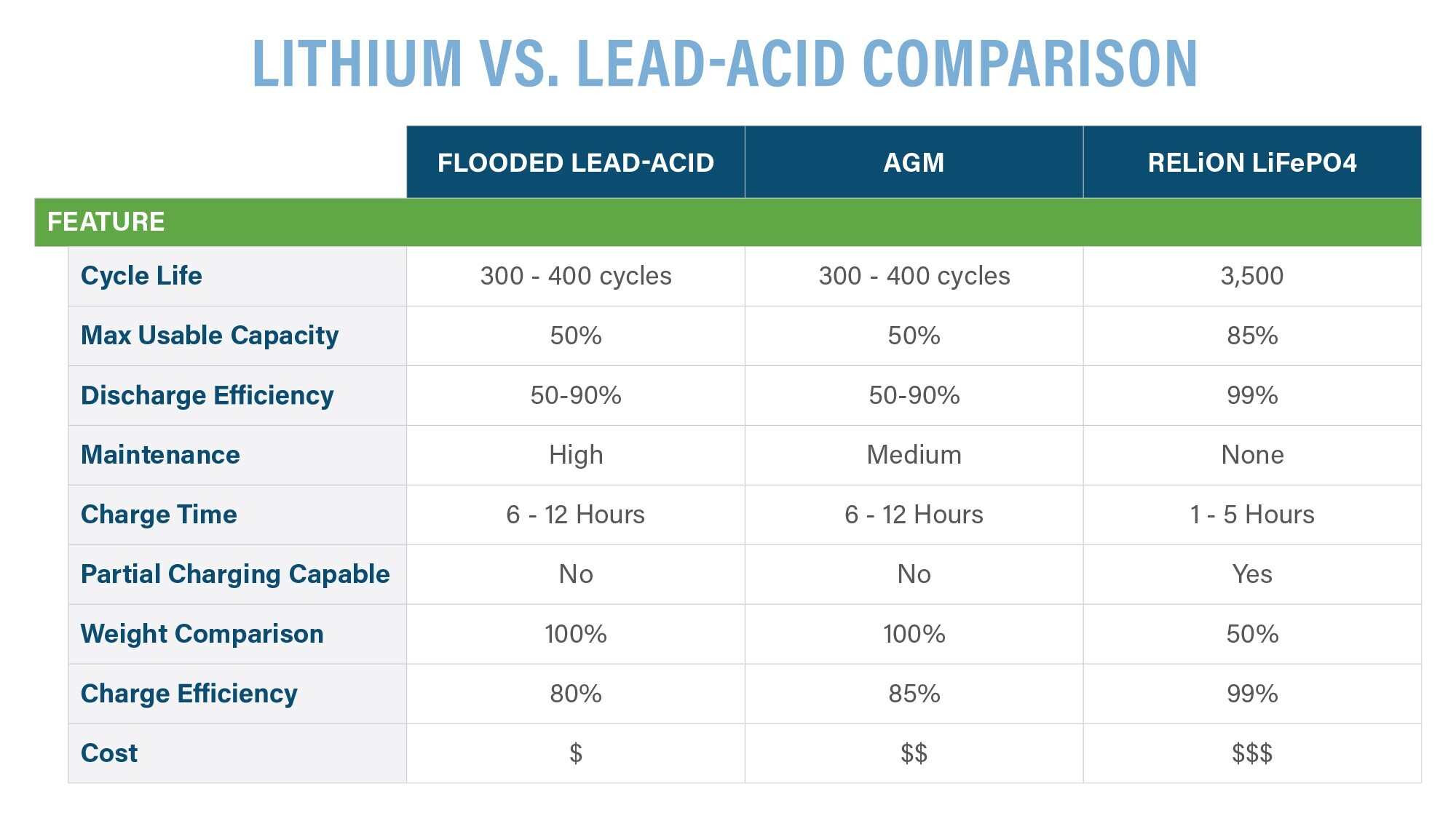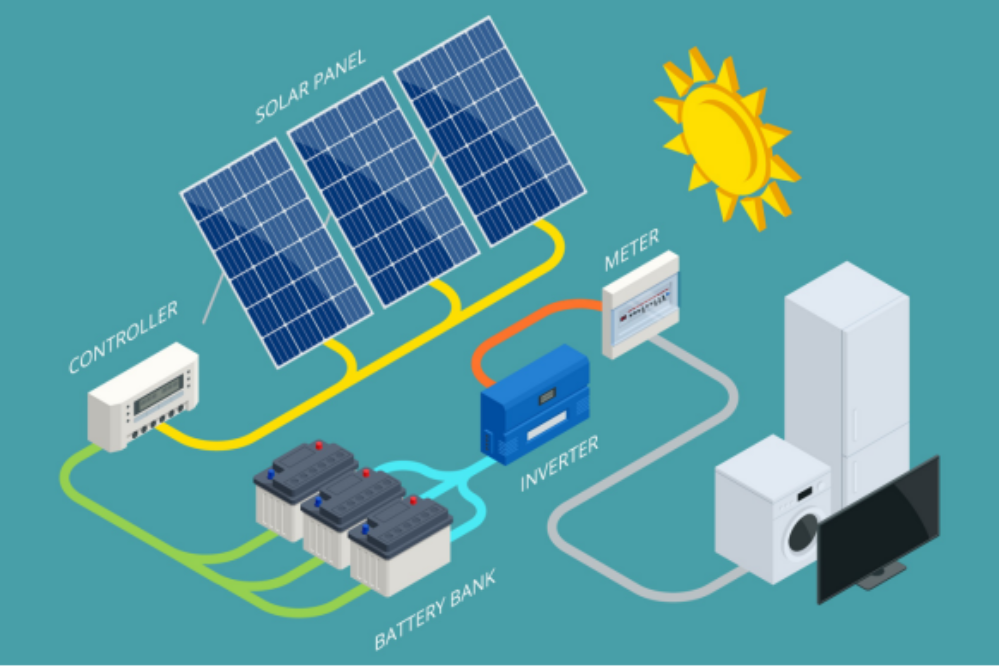How to Choose the Right Inverter Size for Your Home: A Complete Guide
In today’s world of smart homes and renewable energy, an inverter plays a crucial role in powering our lives. Whether you're installing a solar energy system or preparing for power outages, understanding what size inverter you need is essential.
This guide will help you:
Understand how inverters work in home energy systems
Calculate the right inverter size for your home
Choose compatible batteries
Optimize system efficiency for long-term savings

An inverter is the device that converts direct current (DC) — from solar panels or batteries — into alternating current (AC), which is the standard power used by household appliances. Without it, your TV, refrigerator, or even lights wouldn't work on solar or stored battery power.
Choosing the correct inverter size ensures:
Your appliances run smoothly
Your system handles peak electricity demand
You avoid energy waste or underperformance

To pick the right inverter, you first need to know how much power your household uses.
Write down all the appliances you want to power. For each item, find the wattage rating (usually listed on a label or in the manual). Focus on:
Essentials: Lights, fridge, TV, router, phone charger
Occasional-use: Microwave, washing machine, air conditioner
Pro Tip: Multiply the device's wattage by the number of hours it's used per day to calculate its daily energy consumption (in watt-hours).
Example: A 40W light bulb used for 5 hours consumes 200Wh/day.

Some devices — especially refrigerators, pumps, and air conditioners — draw more power when they start up. These “surge watts” can be 2–3 times higher than their normal running power. Make sure your inverter can handle that initial surge without shutting down.
After you total your wattage needs, add 20–25% extra as a safety margin. This covers unexpected usage or future additions to your system.
Your inverter needs stored energy to convert. That means choosing the right battery type and capacity is just as important.
Lead-acid batteries: Affordable, but heavier and shorter lifespan
Lithium-ion batteries: Lightweight, long-lasting, faster charging, ideal for home solar systems
Other advanced batteries: Emerging technologies like LiFePO4 offer high efficiency

Use this simple formula:
Battery capacity (Ah) = Total daily energy use (Wh) ÷ Battery voltage (V)
Example:
2400Wh ÷ 24V = 100Ah battery needed
Most batteries shouldn't be drained to 0%. For instance:
Lead-acid: use only 50% of capacity
Lithium-ion: up to 80–90% usable
Also, think about how many days of backup power you want — especially if you live in areas with frequent outages or cloudy days.
Now that you know your energy consumption, it's time to match it to an inverter size.
Total appliance wattage + surge load
Add 20–25% margin
Choose an inverter with at least this continuous power rating
Ensure it has surge capacity to match your highest-demand appliances
Example:If your home needs 3000W continuously, choose a 3500W–4000W inverter with 5000W+ surge capacity.

Look for inverters with 90% or higher efficiency. This means less energy is lost during conversion, saving money and reducing battery drain.
Good inverters use minimal energy when idle, which is key for systems that stay on 24/7.
If you’re using solar panels, choose solar-compatible inverters or hybrid inverters that can handle both grid and off-grid inputs.
Choosing the right inverter size isn't just about matching numbers. It’s about building a reliable, future-proof energy system for your home.
Total up your appliance wattages
Add surge loads and safety buffer
Select the right batteries
Choose a high-efficiency, appropriately sized inverter
Address : Room 305, Tower B, Yinuo Business Center, intersection of West Second Ring Road and Hehuan Road, Bijiashan Street, Shushan District, Hefei city, Anhui Province
Please read on, stay posted, subscribe, and we welcome you to tell us what you think.
Copyright 2025 @ Anhui Solarasia Energy Technology Co.,Ltd .All Rights Reserved. Sitemap | Blog | XML | Privacy Policy
 Network Supported
Network Supported